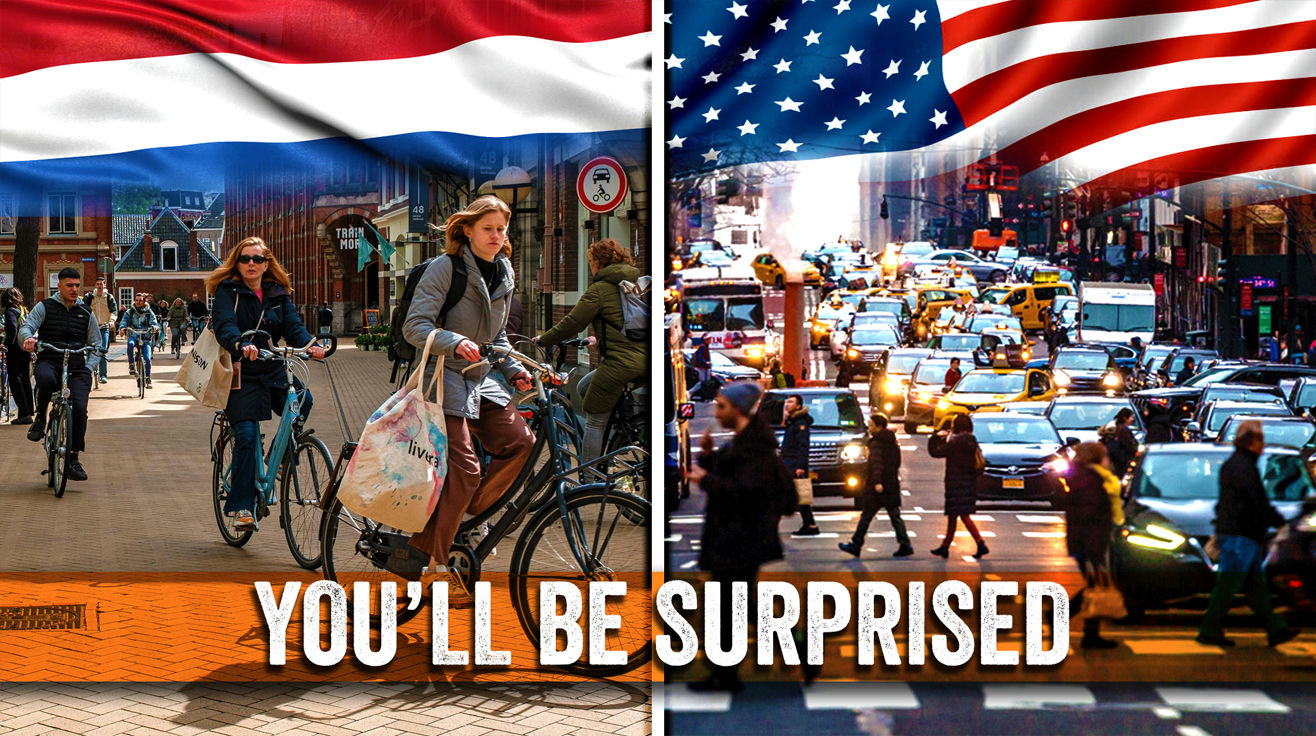Step into two worlds where directness meets politeness, bicycles challenge cars, and work-life philosophies diverge dramatically. The Netherlands and America offer contrasting approaches to everyday life that fascinate travelers and cultural observers alike. From frank Dutch conversations to America’s abundant restaurant portions, these differences reflect deeper values about community, status, and personal freedom. Understanding these cultural nuances transforms travel experiences and prevents misunderstandings. Whether planning your next international adventure or simply curious about different lifestyles, these insights will enrich your cultural perspective and reveal how geography and history shape our daily experiences.
15. The Dutch Directness
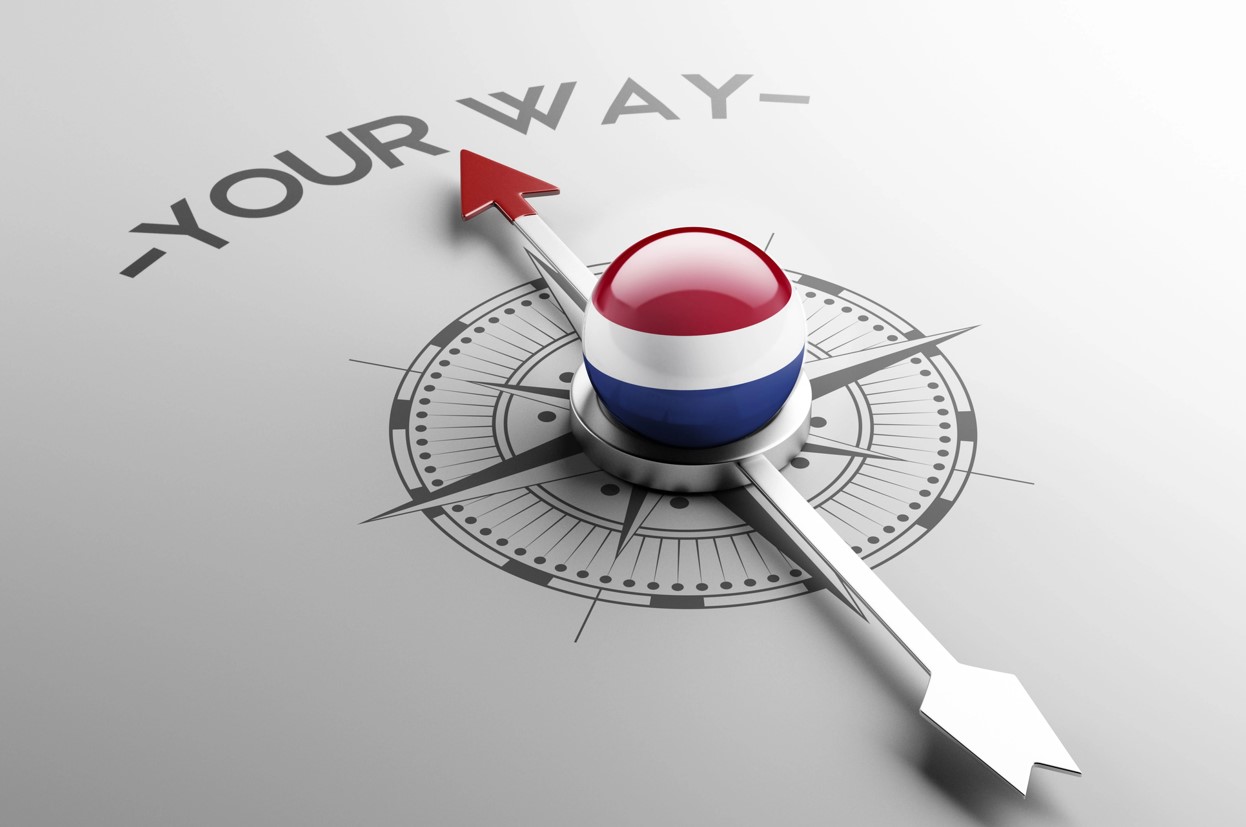
That awkward moment when a Dutch person tells you exactly what they think? That’s not rudeness—it’s cultural directness. Dutch communication is widely recognized for being uniquely frank and straightforward compared to American communication styles.
Dutch interactions prioritize clarity and “saying what you need to say“, conserving emotional energy and time. Americans, especially Southerners, might sugarcoat bad news to maintain politeness, while Dutch people perceive this as evasiveness.
14. Bikes vs. Cars
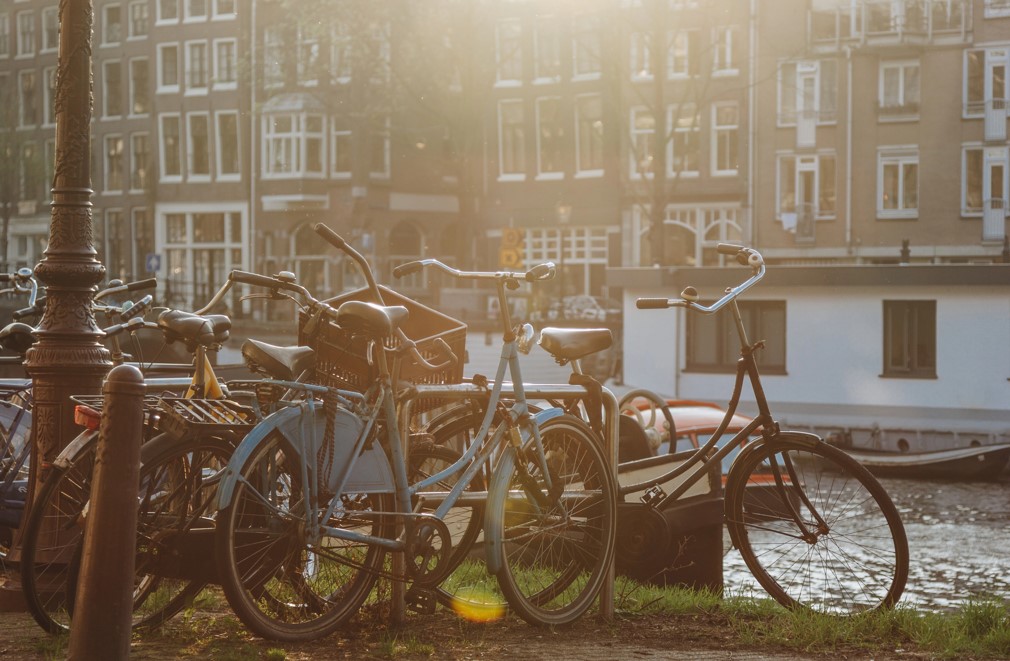
In the Netherlands, bicycles reign supreme while America remains firmly car-centric. Dedicated bike paths function essentially as highways, weaving through Dutch cities with remarkable efficiency.
The sight of four children balanced on a single bike might raise eyebrows in America but represents everyday life in Dutch cities. Cycling accounts for over 25% of all trips in the Netherlands compared to less than 1% in America, reflecting fundamentally different transportation priorities.
13. Work-Life Balance
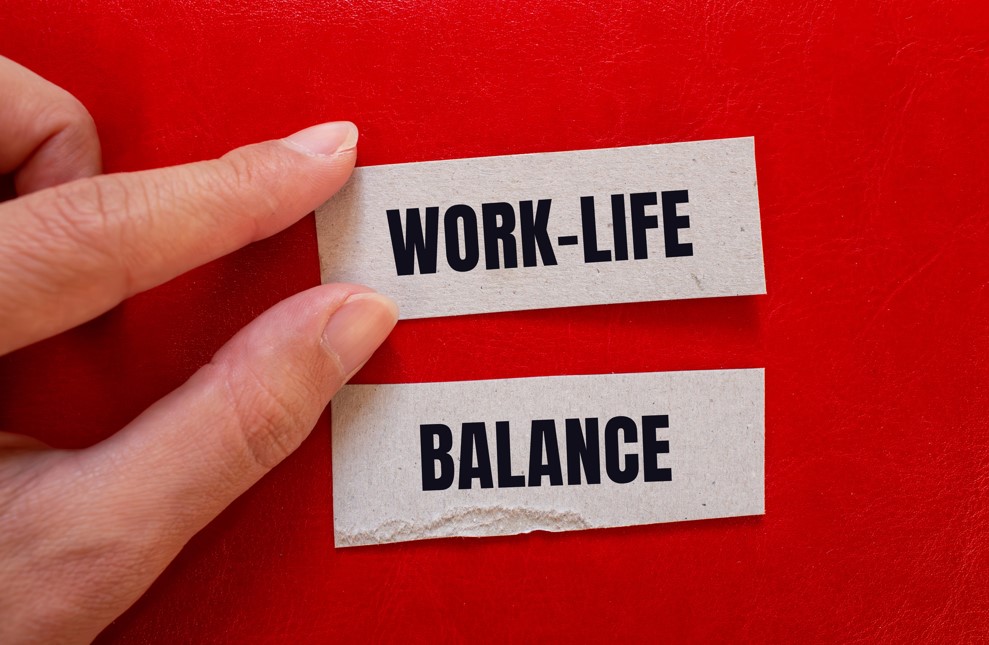
The Dutch philosophy that overtime and overwork aren’t virtues creates a striking contrast to American hustle culture. With at least 20 vacation days plus holidays and sick leave, Dutch workers enjoy substantially more mandated time off than their American counterparts.
Dutch job postings prominently feature vacation time, signaling the company’s commitment to employee well-being. While Americans often live to work, the Dutch work to live, prioritizing leisure, family time, and personal pursuits.
12. Children’s Independence

Young children cycling to school unaccompanied might shock American parents but represents normal life in Amsterdam. In Utrecht, 75% of children walk or cycle to school daily, fostering self-reliance and confidence.
This freedom stems from robust safety infrastructure and community trust. Ten-year-olds confidently navigate city streets on bikes, run errands, and meet friends independently—scenes increasingly rare in America where helicopter parenting has become the norm.
11. Status and Materialism
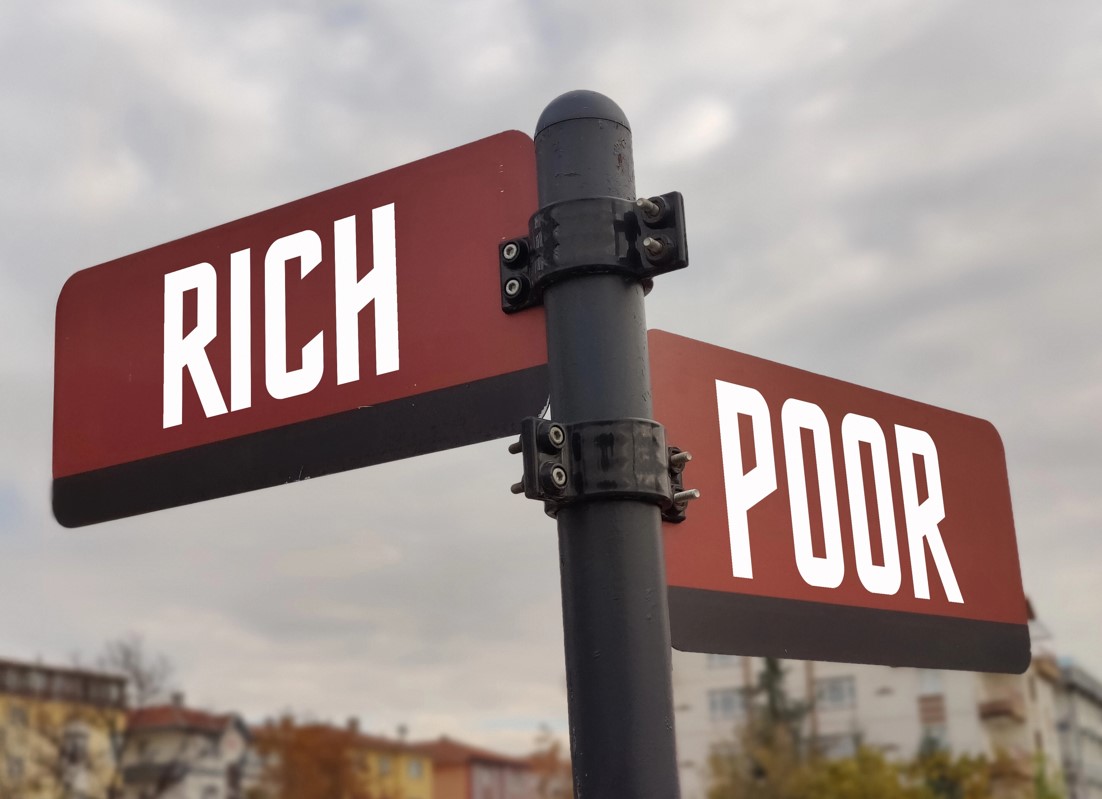
Materialism operates like a loud parade in America, with everyone trying to outshine their neighbors. The constant pressure of “keeping up with the Joneses” demands visible status symbols—Gucci bags, Prada jackets, or luxury vehicles.
The Dutch value “normaal doen” (acting normal), which prioritizes modesty and blending in. Dutch culture emphasizes egalitarianism over conspicuous consumption, suggesting that material displays don’t necessarily lead to happiness or social acceptance.
10. Food Sensitivities and Portion Sizes

The restrained portions favored in Dutch dining create immediate culture shock for visitors to America’s abundance-focused restaurants. Dutch expats frequently report discomfort when faced with America’s larger, heavier meals.
Refrigerators in the Netherlands typically run smaller, reflecting a preference for fresh ingredients purchased daily rather than stockpiling. This approach reduces food waste and ensures fresher meals, with Dutch households generally wasting significantly less food than American ones.
9. Tipping Practices

In the Netherlands, tipping isn’t expected but always appreciated—a welcome surprise rather than an obligation. A modest 10% tip represents generosity, not the bare minimum.
American tipping culture shifts the burden of fair wages onto consumers, with servers depending on tips for basic income. When dining out, Americans automatically calculate 15-20% additions, while Dutch customers tip only for exceptional service.
8. Community and Social Interaction

Dutch neighborhoods solve the connection challenge with vibrant local cafes that function as communal living rooms. These spaces foster spontaneous interaction and neighborhood cohesion, creating natural hubs for relationship building.
American communities often lack similar dedicated spaces for casual socializing. Imagine a small Amsterdam cafe where locals gather daily to exchange news and strengthen community bonds—a model that could enhance American suburban life.
7. Healthcare Priorities
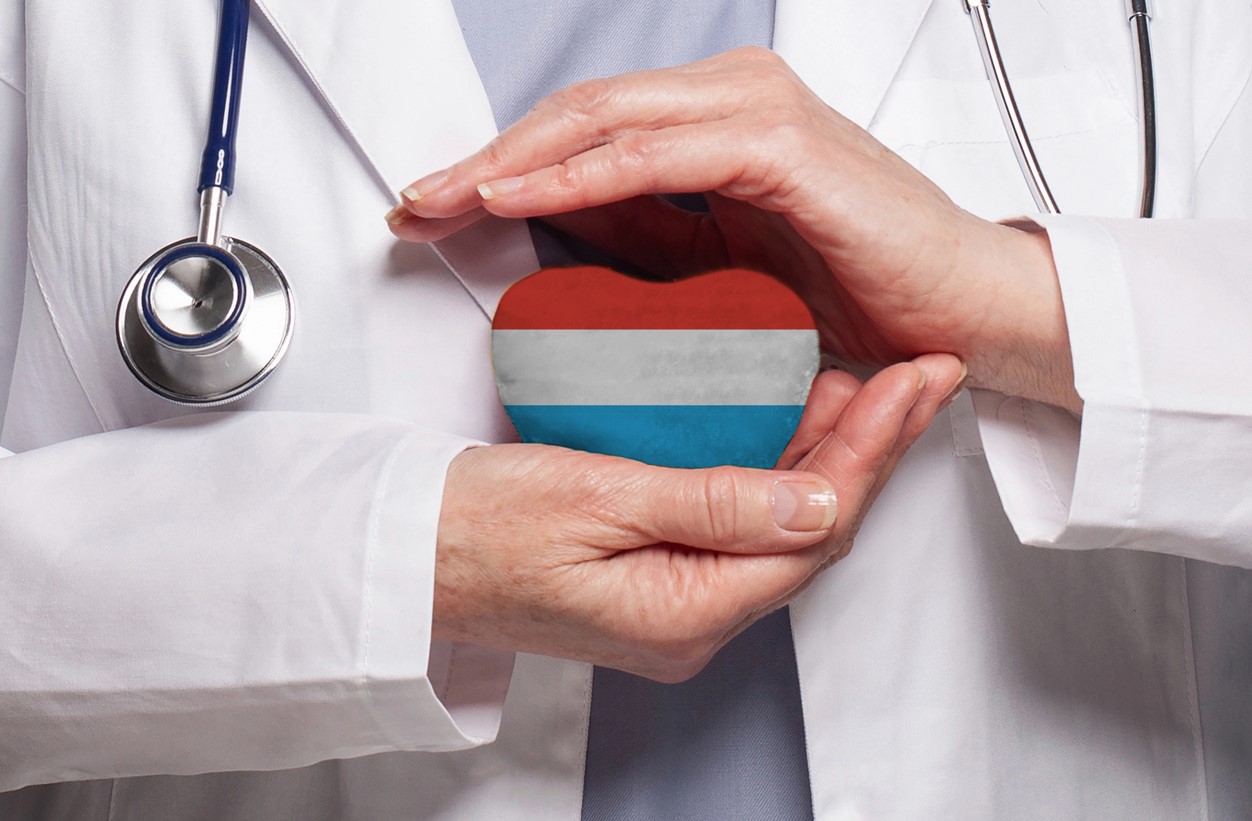
Despite vast wealth, America struggles with healthcare accessibility while the Dutch system provides universal coverage. Healthcare costs burden many Americans while their satisfaction and outcomes rank surprisingly low for a developed nation.
The Dutch healthcare system prioritizes access for all citizens, with outcomes generally exceeding American averages. The contrasting approaches reflect fundamental differences in how each society views the relationship between individual responsibility and collective wellbeing.
6. Ease of Travel

Since Roman times, Europe has thrived as a connected continent. It’s easier, cheaper, and faster to travel between countries in Europe thanks to proximity and excellent transportation infrastructure.
With just a small backpack, you can explore diverse landscapes and cultures within hours. The fastest train from Amsterdam to Paris takes about 3 hours, while similar distances in America might require flights, extensive planning, and significantly more expense.
5. Coffee Culture

Coffee shops are for cannabis in the Netherlands, not for your morning caffeine fix. For traditional coffee, seek out a cafe or coffee house where the Dutch “koffie” experience awaits.
The ritual typically includes a small cookie on the side and creates opportunities for connection. Coffee breaks form essential parts of the Dutch workday, fostering collaboration and social bonds rather than just providing a caffeine boost.
4. Environmental and Urban Planning

The Dutch approach environmental challenges like master architects crafting sustainable cities. Their expertise in water management has created cities that work with nature rather than against it.
American cities often sprawl outward with less cohesive planning, lacking efficient public transportation and integrated green spaces. Dutch urban planning prioritizes cycling and pedestrians over cars, creating more livable, sustainable communities.
3. General Safety

The Netherlands is generally perceived as safer than the United States. Guns are less prevalent and policing takes a more community-oriented, less confrontational approach, with officers typically working in pairs.
The perceived safety stems from lower crime rates and different approaches to law enforcement. Dutch police typically focus on maintaining order through communication rather than force, creating a fundamentally different public safety atmosphere that many expats find reassuring.
2. Youth Employment and Work Ethic

Teen employment in the United States has declined by 30% since the 1980s. Major retailers like Kroger, Publix, and Target now rely more heavily on older workers for positions previously filled by teenagers.
The Netherlands maintains significantly higher youth employment in entry-level positions, particularly in grocery stores. This early work experience provides Dutch teens with opportunities for development, financial literacy, and professional skills that fewer American youth now receive.
1. Individualism and Social Responsibility

Despite similar economic landscapes, individualism manifests differently in each culture. Americans express individualism boldly and vocally, while Dutch individualism takes a quieter form alongside stronger collective responsibility.
During crises, these differences become apparent. Americans readily volunteer as individuals, while Dutch collective structures ensure immediate, coordinated assistance. The balance between personal freedom and social obligation creates distinct approaches to handling societal challenges.


